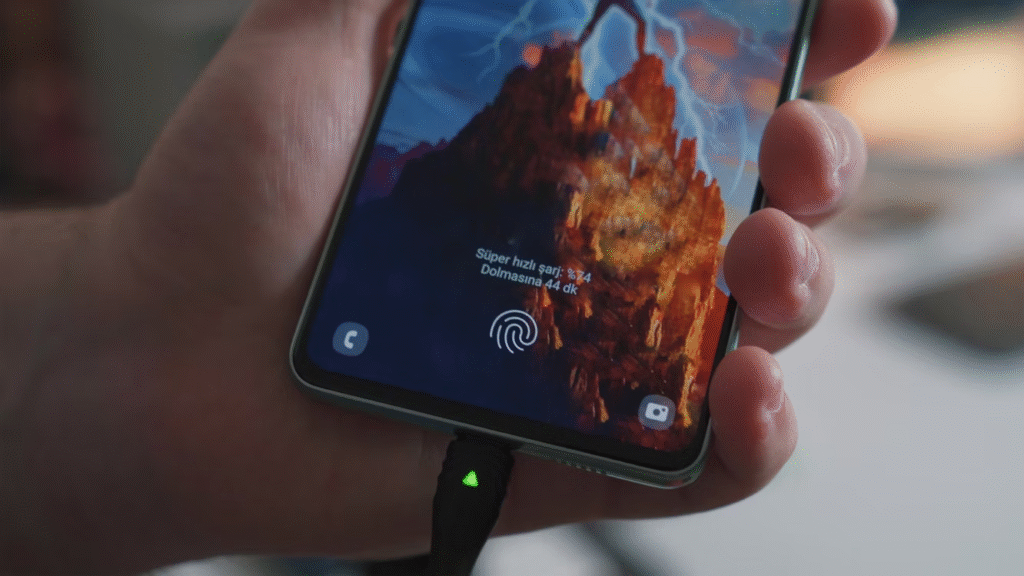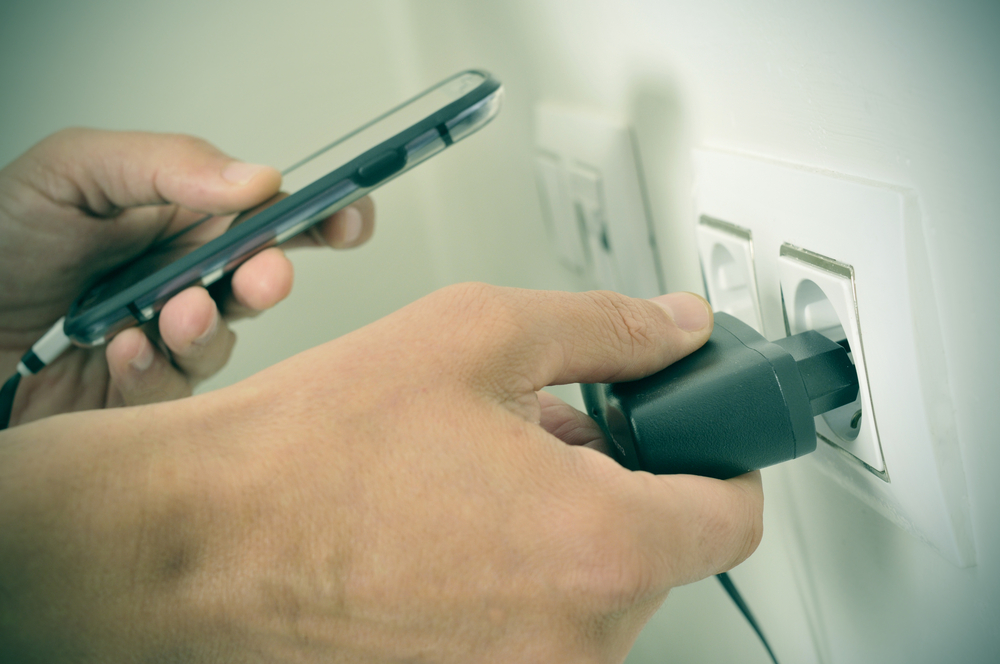Many people treat charging a phone as simple as plugging it in and waiting until the battery hits 100 percent. However, how and when you charge your device has a major impact on the long-term health of the battery. Modern smartphones use lithium-ion technology, which is powerful but sensitive to habits that can shorten its lifespan. By understanding how these batteries work and what common mistakes people make, you can help extend the life of your phone and avoid early replacements.
Why Lithium-Ion Batteries Wear Out
Lithium-ion batteries store energy through chemical reactions. Each time you charge and discharge the battery, the chemical structure shifts slightly. Over time, these small shifts add up, reducing the overall capacity of the battery. Heat, overcharging, and deep discharging accelerate this process. That is why your phone does not last as long on a single charge after a couple of years compared to when it was new. Charging habits play a large role in how quickly this decline happens.
The Problem with Charging to 100 Percent
Many people think it is best to fully charge their phones every time. In reality, holding the battery at 100 percent creates stress. A fully charged lithium-ion battery is under more voltage pressure, and when kept there for hours, especially overnight, it wears down faster. Allowing your phone to reach full charge occasionally is fine, but keeping it at that level constantly weakens the battery over time. The healthiest range for most batteries is between 20 percent and 80 percent.
Why Letting Your Phone Die Hurts the Battery
Another harmful habit is letting the phone drain to zero before charging. Lithium-ion batteries do not like deep discharges, and running them completely flat repeatedly makes them degrade faster. While it may feel convenient to use your phone until it shuts off, it is better to recharge when the battery drops near 20 percent. This practice avoids the heavy strain of complete depletion and supports a longer lifespan.

The Danger of Heat During Charging
Heat is one of the biggest enemies of a phone battery. Charging naturally generates warmth, but leaving your device in hot conditions while plugged in creates additional stress. Charging on a bed, under a pillow, or in direct sunlight traps heat and speeds up battery wear. Even heavy gaming or video streaming while charging increases heat production, compounding the problem. Keeping your device cool during charging is essential to maintaining healthy battery performance.
Overnight Charging Creates Hidden Strain
Leaving your phone charging overnight may feel like a safe habit, but it is not the best practice. When the battery reaches 100 percent, the phone continues to draw small amounts of power to keep it topped up, cycling between slightly full and full again. These mini charging cycles add stress, especially when combined with the hours of heat exposure under blankets or on a warm surface. While modern devices have safeguards, avoiding overnight charging helps preserve battery health in the long run.
The Benefits of Short, Frequent Charges
Contrary to common belief, it is not harmful to plug in your phone multiple times a day. In fact, charging in short bursts helps maintain the battery in a healthier range. Keeping the charge between 40 percent and 80 percent reduces chemical stress, extending its lifespan. This habit may feel unusual at first, but it is one of the simplest ways to protect your phone battery.
The Impact of Using the Wrong Charger
Not all chargers are created equal. Using cheap or low-quality chargers may provide inconsistent voltage, which stresses the battery and generates excess heat. While fast chargers are safe for most modern devices, constant use of extreme-speed charging increases heat output, which can shorten battery life. Using the manufacturer’s recommended charger or a certified third-party option ensures a balance between safety and performance.
Battery-Saving Features You Should Use
Most smartphones include built-in battery management settings that can help. Options like optimized charging slow down the process when the phone is plugged in for long periods, reducing the strain of staying at 100 percent. Other features limit background activity or adjust charging patterns based on your usage habits. Enabling these tools makes it easier to protect the battery without constantly monitoring the charge level yourself.
Why Portable Charging Habits Matter
Even portable chargers can affect battery health. Using a power bank is safe, but relying on it daily for full recharges can add heat and unnecessary charging cycles. If you use one, follow the same guidelines you would with a wall charger, keeping the battery within the mid-range rather than forcing it to full every time. This balanced approach avoids putting extra wear on both the phone and the portable charger.
Smarter Charging for a Longer Battery Life
Your phone battery does not have to die out quickly. Most problems come from everyday habits like overcharging, letting the battery drain completely, and exposing the phone to heat. By charging in shorter bursts, keeping the battery between 20 percent and 80 percent, and avoiding excess heat, you can extend its lifespan significantly. Treating your phone battery with care ensures better performance, fewer frustrations, and more time before you need an expensive replacement.
Disclaimer: This article was created with AI assistance and edited by a human for accuracy and clarity.

